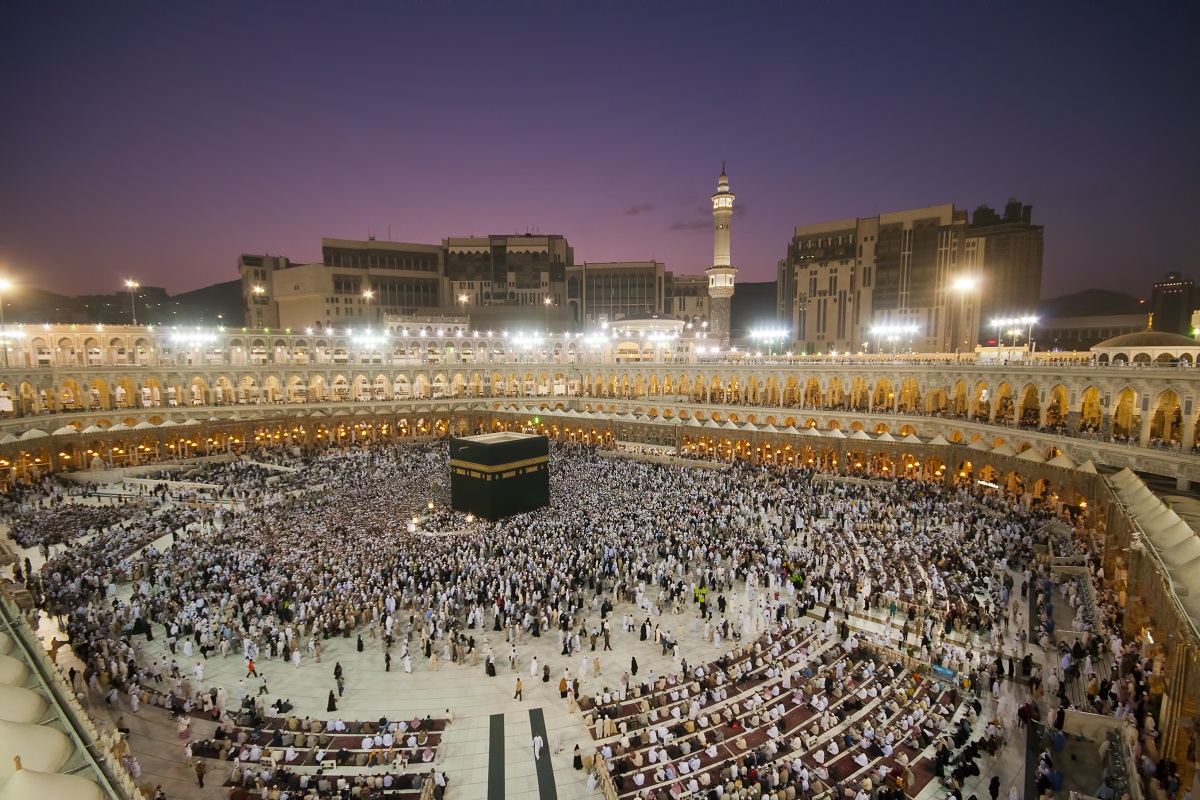After the Centre unveiled the ‘Haj Policy 2025’ yesterday, the state Haj Committee is now gearing up to conduct an intensive campaign on maximising usage of the ‘Haj Suvidha’ mobile application among the pilgrims intending to head towards Mecca. The latest Haj Policy includes a few changes from the previous norms.
To begin with, the quota under the Haj Committee of India has been reduced to 70 per cent compared to the older norm of 80 per cent. According to the Haj policy for 2025 released by the Ministry of Minority Affairs yesterday, 70 per cent of the Haj quota allotted to India will be handled by the Haj Committee of India (HCOI), while the remaining 30 per cent is allotted to private Haj Group Organisers (HGOs). However, as the Haj pilgrims in West Bengal apply mainly in the Haj Committee of India quota, the new norm will not have much effect in the state, according to sources in the Haj Committee in Kolkata. Another change introduced in the policy is the lowering of age for requiring companions. Pilgrims aged 65 and above, must now be accompanied by a younger companion aged between 18 and 60, in view of the arduous nature of the pilgrimage.
Advertisement
Previously, the policy mandated a companion only for pilgrims aged 70 and above. Till last year, a companion was a must for 70-plus-age pilgrims. From now, pilgrims of 65 years and above are to be registered under the ‘Reserved Category.’ A relaxation has also been allowed for Haj repeaters under the HCoI. Unlike before, in the new policy, repeaters would be allowed in case of persons under permitted categories of “Mehrams” and those accompanying a pilgrim aged 65 or above including Ladies Without Mehram (LWM) pilgrims. Another change ann – ounced in the new policy is for the ‘khadims.’ The Ministry of Minority Affairs sets apart seats to send government employees from all states and Union Territories to help and assist the Consulate Gen eral of India in Jeddah in looking after the welfare of Indian Haj pilgrims in an organised manner.
The selected government servants are known as ‘khadims’ whose cost of the pilgrimage is borne by the state and the Central governments. As announced in the new policy, the khadims are now to be known as State Haj Inspector. Notably, West Bengal is allotted a quota of 20 thousand of the total number of pilgrims in India. Last year, around 5.5 thousand pilgrims from the state had performed Haj. “Of the hundreds of deaths reported, three pilgrims of West Bengal had died in Haj 2024. However, their reason of death was other medical conditions and not heat wave,” informed official sources in the state Haj Committee. According to sources, the ministry is expected to open applications for next year’s haj in a day or two.
“Unlike before when the applications were submitted in OctoberNovember, this year, all the applications are to be completed by October,” informed Md Naqui, executive officer of West Bengal State Haj Committee. “This year emphasis is being given on encouraging the use of ‘Haj Suvidha’ app that proved very helpful in tracing luggage and pilgrims during the haj. Efforts are therefore being made to maximise its usage among 80 percent of the pilgrims,” added the official. As learnt from sources, the ‘Azizia’ or the amount needed to be paid for the annual congregation has been reduced to rupees 3.58 lakhs for 2025 against last year’s 3.76 lakh approximate amount. Considering this, the West Bengal Haj Committee is expecting a higher number of applications in 2025.











